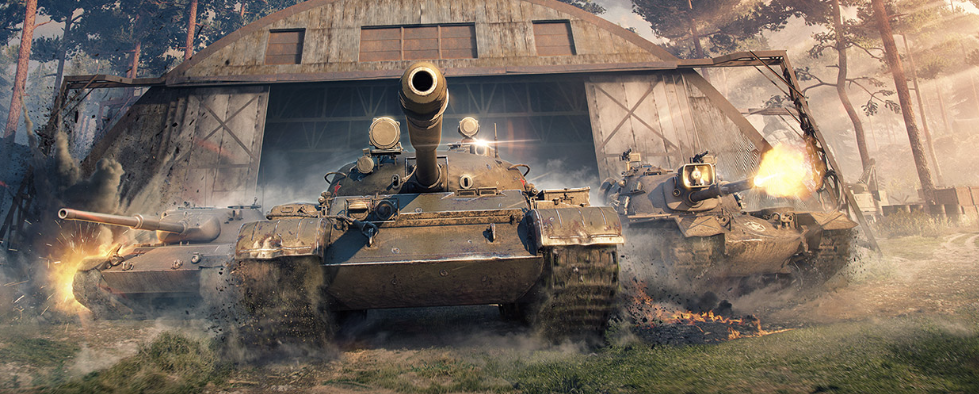In a realistic simulation of an armed battle, two or more players control opposing military forces in a war game. Wargaming can be done for fun, to teach military officers how to think strategically, or to learn more about the nature of possible battles. This guide will answer all questions concerning the Wargaming games; let’s get started.

War games served as a teaching tool and a model for military operations. They originated in ancient tactical games like chess, chaturanga, and the Prussian kriegspiel of the 19th century. By substituting the typical generic knight and pawn components for archery and warrior figurines, this contemporary chess set blatantly reveals its connection to war games.
Military and Chess background were Victor Kislyi’s two greatest passions as a child growing up in Belarus.
The young Kislyi was motivated to create a battleground map in indelible markers on the ground of his parents’ flat due to his hobbies developing into a love for war games. His interests quickly shifted to computers, and he soon began creating video games on a ZX Spectrum ripoff.
Iron Age, a switch strategy game released in 1996 by Kislyi and his brother, was inspired by the 1957 version of La Conquête du Monde and the well-known board game Risk. Iron Age was only played by four individuals, along with the two brothers, but it enabled Kislyi to establish connections with the American war game scene.
DBA Online, the company’s first game, debuted in 2000. Players were entrusted with commanding an ancient army in combat in the digital adaptation of the old small board game De Bellis Antiquitatis. Despite the game’s lack of popularity, it was profitable.
It allowed the crew to create other games that would have interested a larger audience—the world of Tanks altered Wargaming’s success. The company’s historical war game legacy was continued in the massively multiplayer internet game, which was released in April 2009. The game solidified Wargaming’s position as the industry leader for free-to-play games. Thehonorsss received multiple honors.
The long-standing love of war gamers for modifying model cars and miniatures was tapped upon for World of Tanks. The competition required players to pick a nation, or tank destroyer, equip a tank or self-propelled gun, and engage in intense multiplayer combat. Players modified their cars using camouflage patterns or add-ons like weapons, tracks, and engines purchased with in-game currency or acquired via gameplay.
Wargaming expanded its selection of free-to-play war games to capitalize on the enormous popularity of World of Tanks. When World of Warplanes was released in 2013, firefights and bombardments took the role of tank engagements.
World of Warships by Wargaming repurposed the massively multiplayer, free-to-play model in 2015. Players were enthralled by the game’s blend of strategic battles at sea, historic warships, cruisers, submarines, and aircraft carriers, all of which could be customized.
In 2014, Wargaming developed World of Tanks Blitz, a seven-on-seven multi-player variation of the game for tablets and smartphones, in response to the enormous expansion of the mobile gaming market. The popular Ladies Und Panzer anime, about Japanese high school girls engaging in tank combat, was made by Actas and used to advertise Blitz in Japan.
The armed services drove a replica Mark IV tank onto Trafalgar Square in London to commemorate the British World War I Mark I tank’s 100th anniversary in 2016. Wargaming has contributed to the preservation of statues and monuments, vehicles, and other locations of global cultural heritage, in addition to honoring war game vehicles through their games.
The war chest of video games and activities that Wargaming offers constant updates and expands. Players utilized these Google Cardboard virtual reality (VR) goggles with a mobile device and the 360-degree World War II battle reenactment presented during Tankfest 2015 at The Tank Museum, thanks to a donation from Google.
Millions of gamers from all around the world are still fighting on Wargaming’s digital battlefields.
Additionally, the popularity of World of Tanks and the company’s subsequent games demonstrated to other developers the viability of a free-to-play business model in Western markets. Free-to-play games currently rule the computer and mobile gaming industries, generating enormous profits via in-game micropayments.